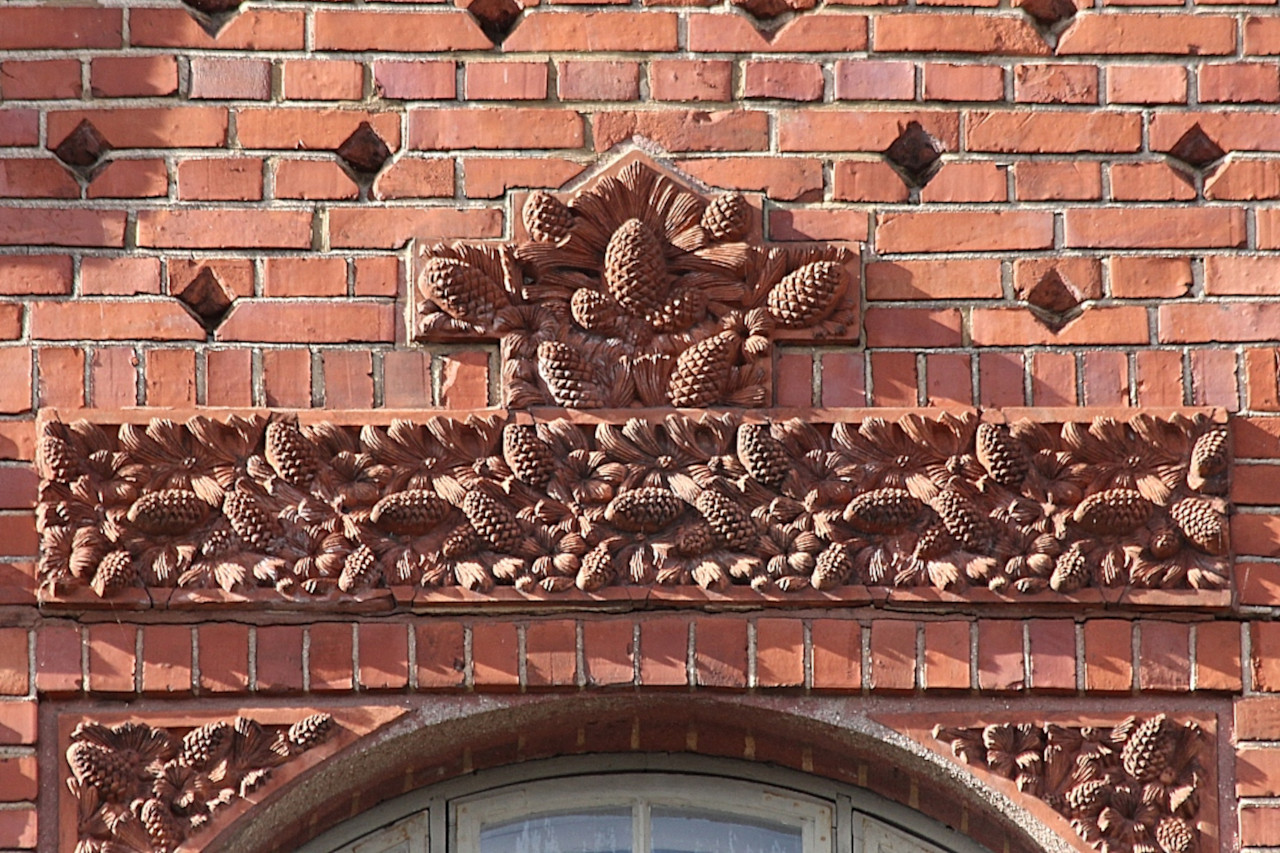Faculty of Physiology Building, Helsinki
After walking one block along Liisankatu Street, turn left, and at the end of Snellmaninkatu you will see a red brick building that dominates the rest of the building. It housed the Faculty of Physiology at the University of Helsinki (Yliopiston ysiologian laitos).
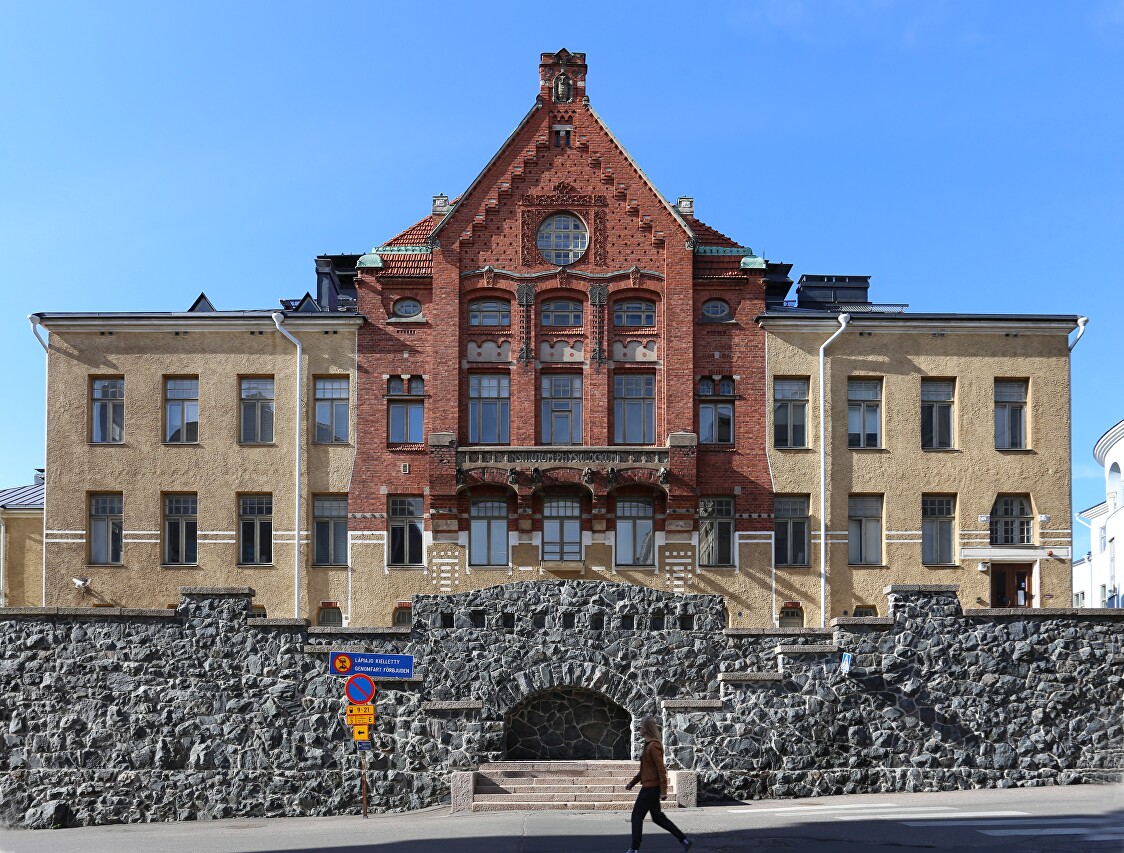
The history of the building began in September 1900, when the University of Helsinki offered Professor Robert Tigerstedt to head the Department of Physiology. Tigerstedt was born and educated in Finland, but then moved to Stockholm, where he worked at the Karolinska Institutet, and became known as a major specialist in the field of physiology.
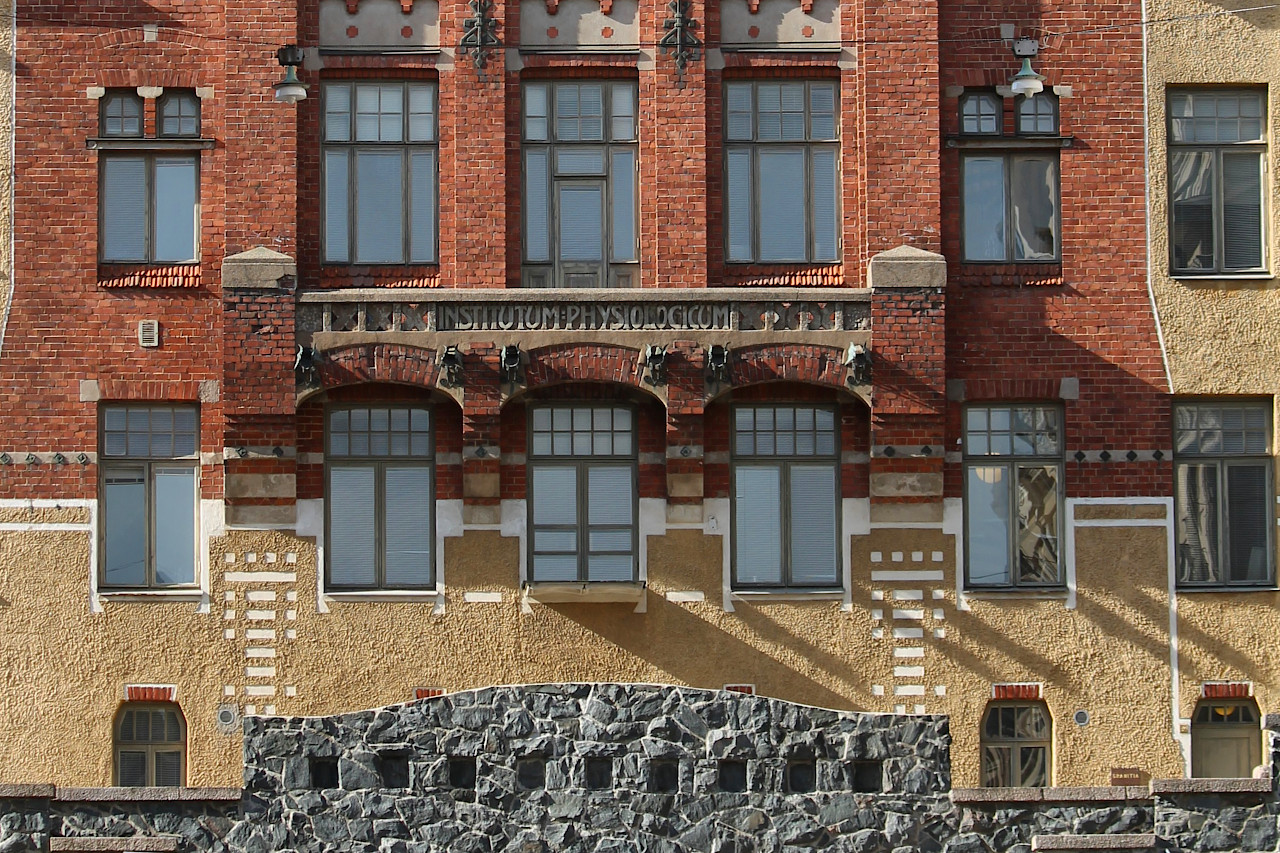
The scientist agreed to move to Helsinki, provided that he would have a modern research laboratory at his disposal. In 1901, the Consistory of the University decided to build a separate building for the Faculty of Physiology, the project was commissioned by the famous architect Gustaf Nyström.
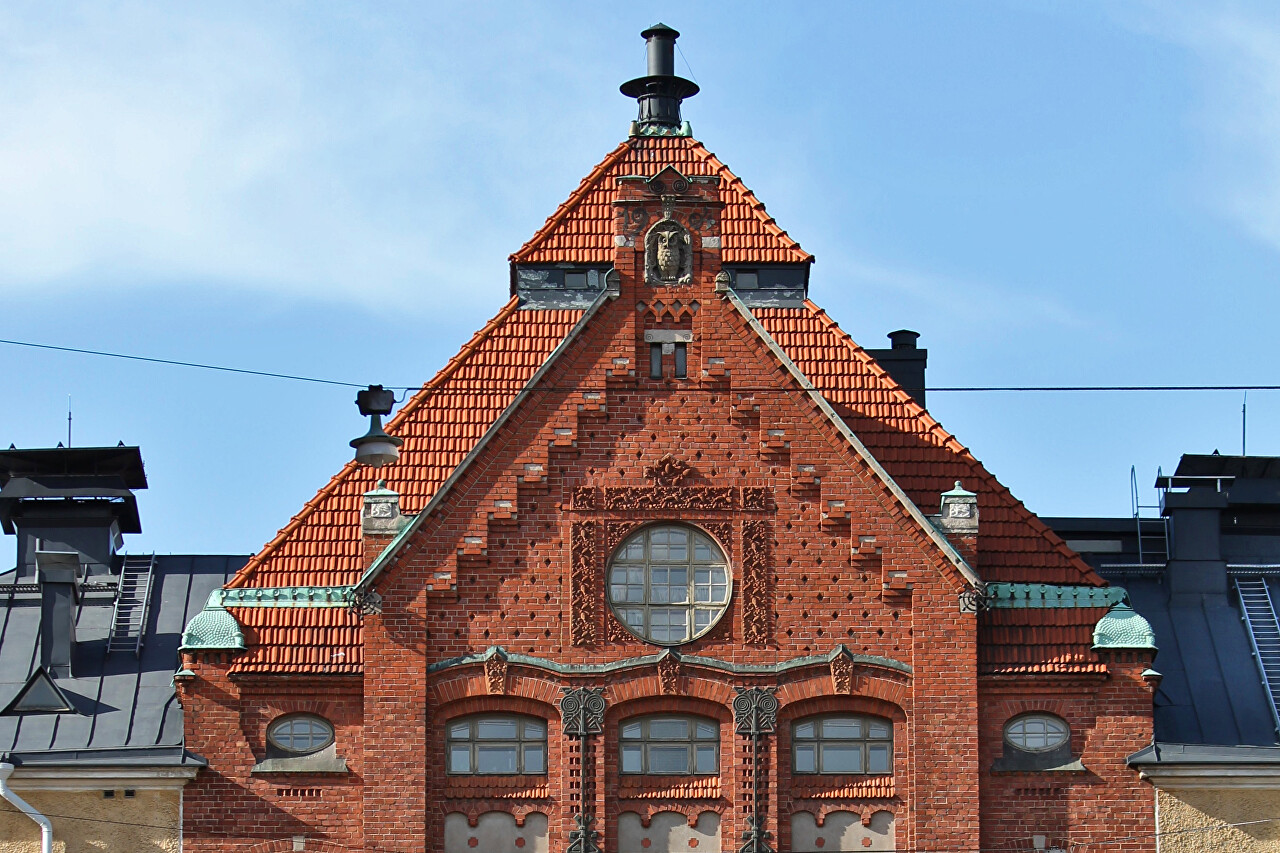
Professor Tigerstedt already had the experience of opening the same faculty at the Karolinska Institute, so he took an active part in the project. The layout of the premises was carried out in accordance with his exact instructions.
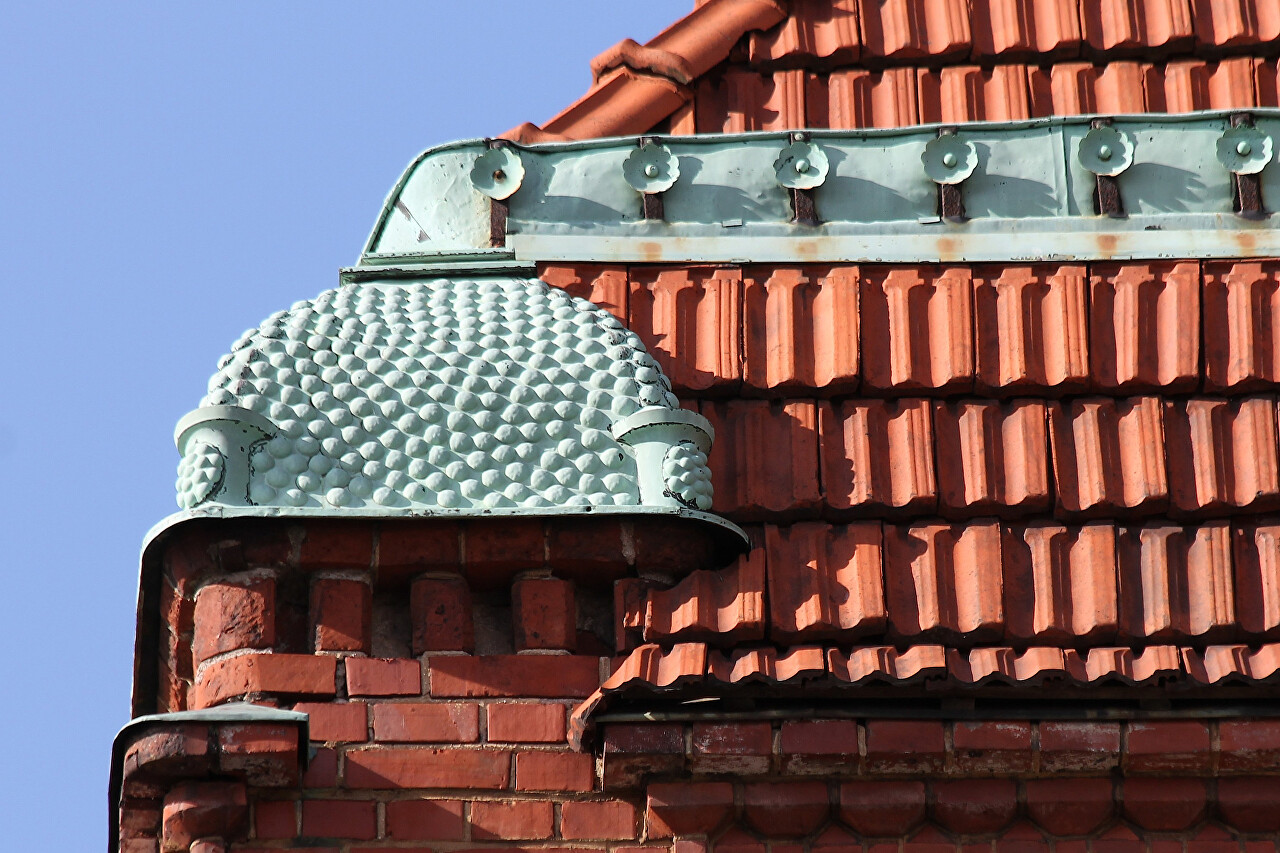
The project was approved in 1902, construction began a year later and was completed in 1905. The grand opening ceremony of the building took place on February 1, 1906. The building forms a single unit with the Faculty of Psychology, built in 1910, in the 60s became part of the Minerva University campus. Now the building houses the Faculty of Education.
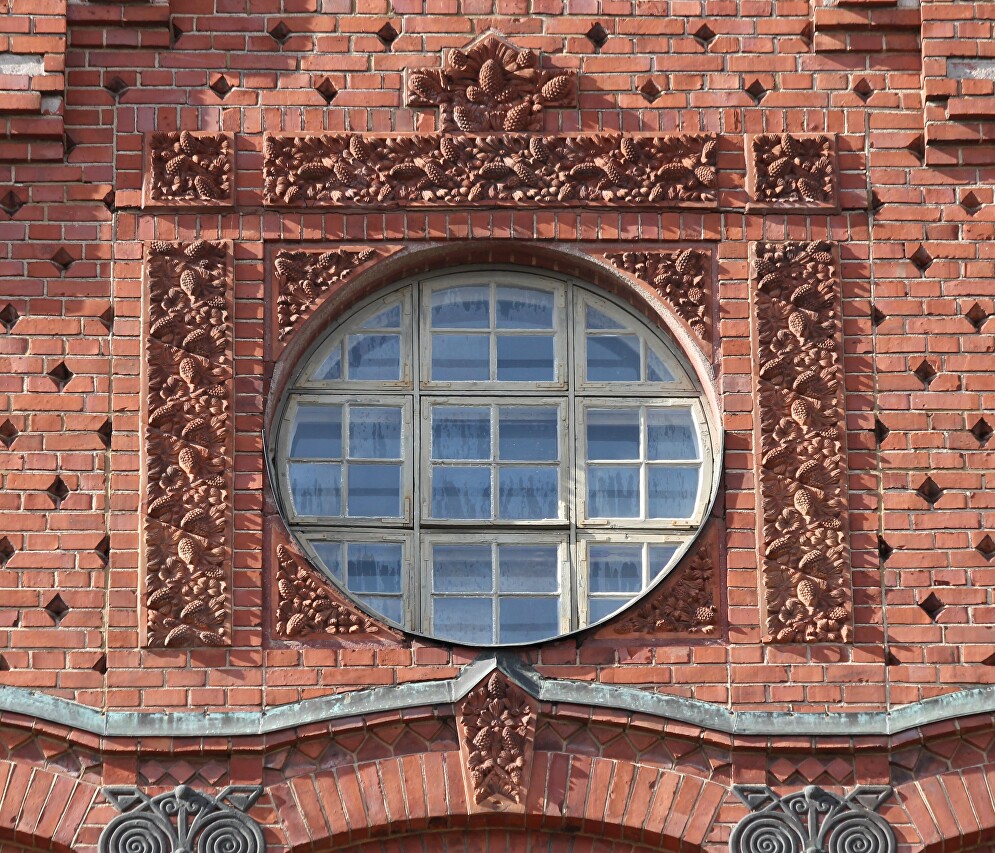
The building is built in the Art Nouveau style and is richly decorated.
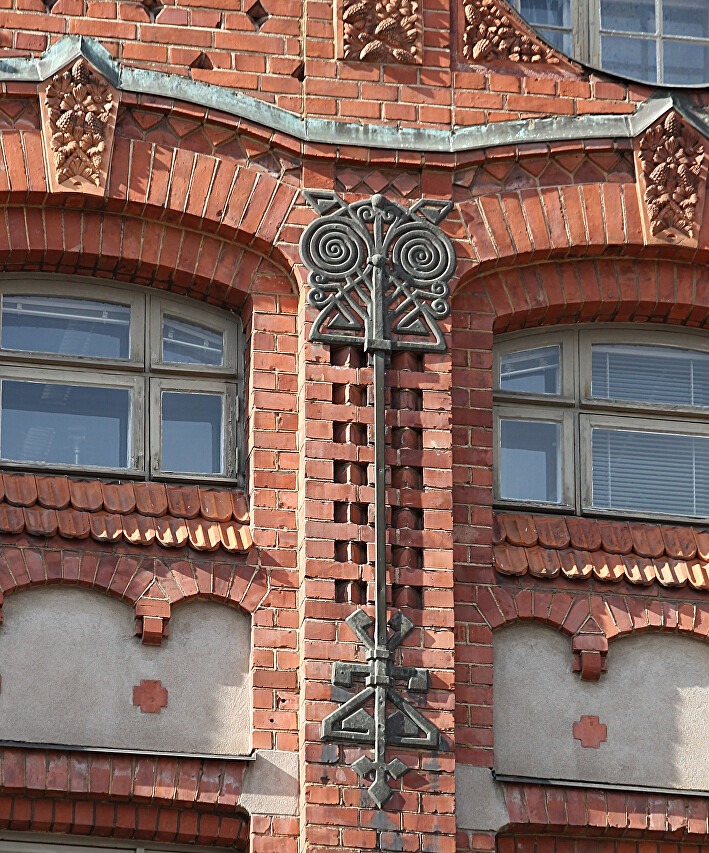
Here you can see bas-reliefs, cast-iron and copper decorative elements.
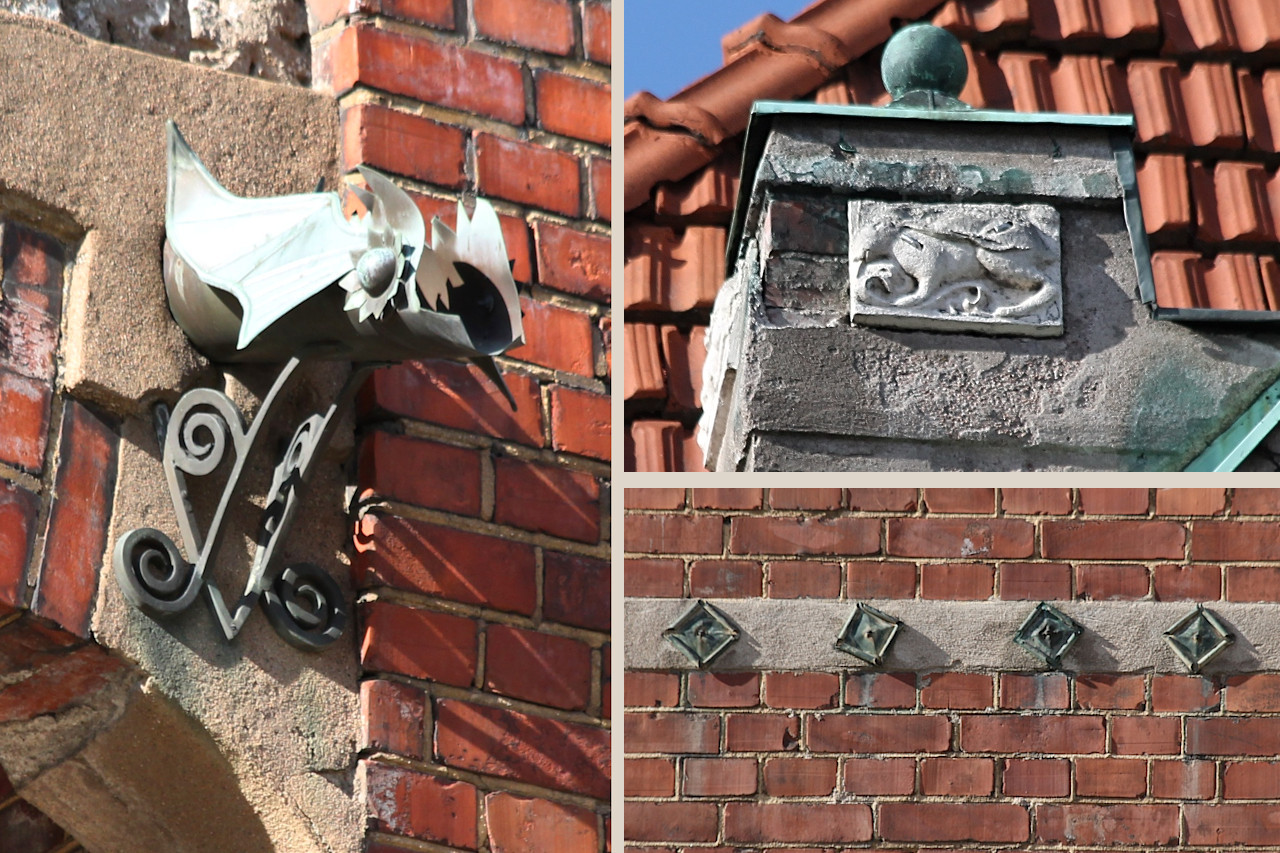
The pediment is decorated with a sculpture of an owl-a symbol of wisdom.
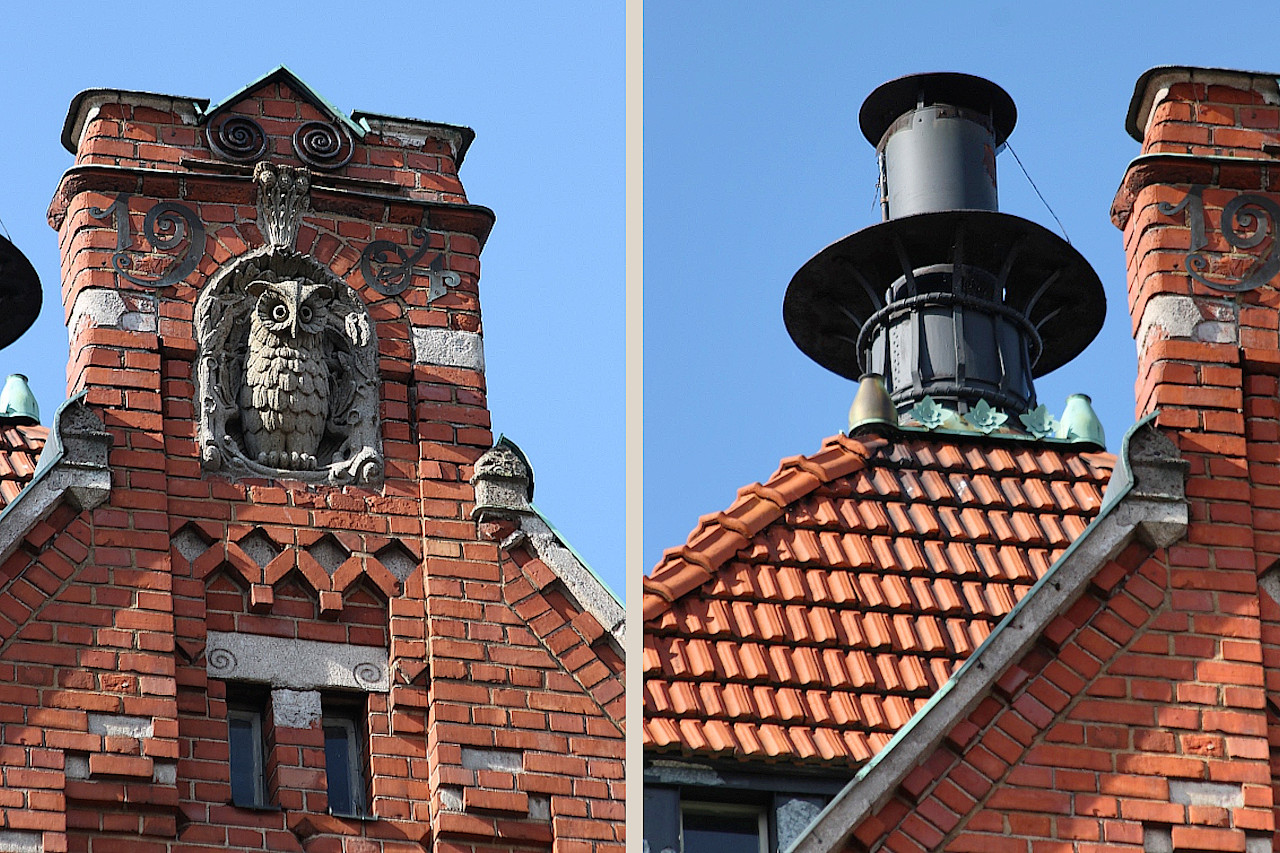
Plant ornaments are typical of Art Nuoveau, but I see a pine cone for the first time, and here it clearly prevails over the rest of the decor. Perhaps this has some deep meaning: in many ancient cultures, the cone is a symbol of health and fertility. There is also a possible reference to the pineal gland, which produces the hormone melatonin, which has a great influence on the physiological cycles of the body.
